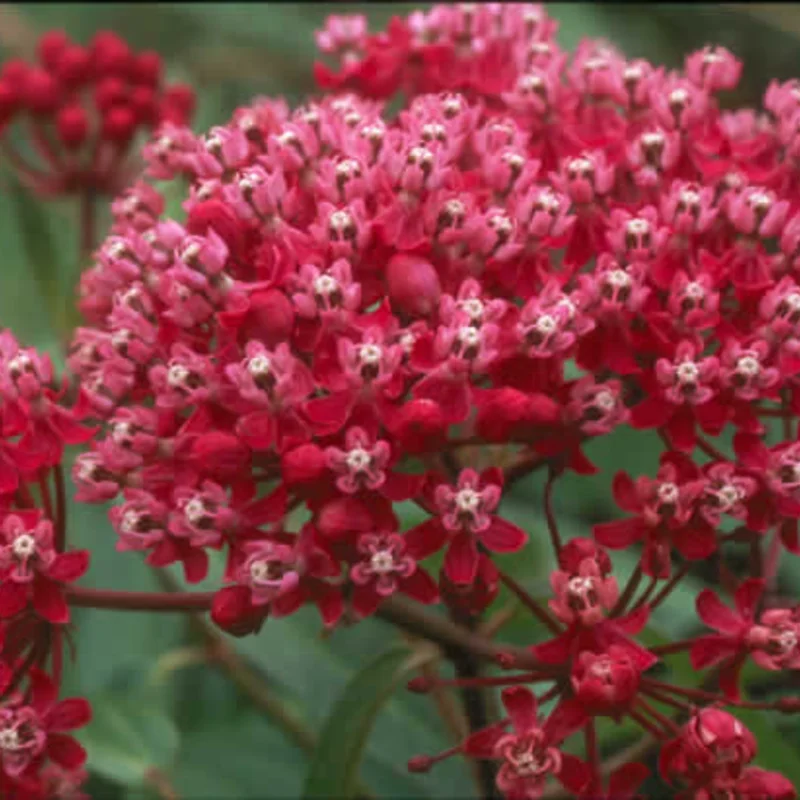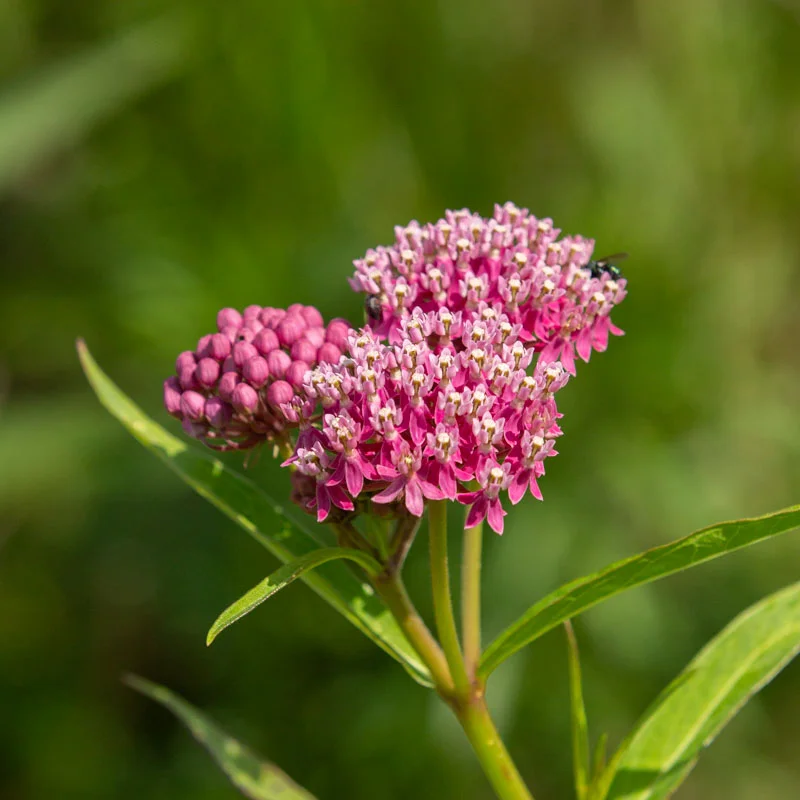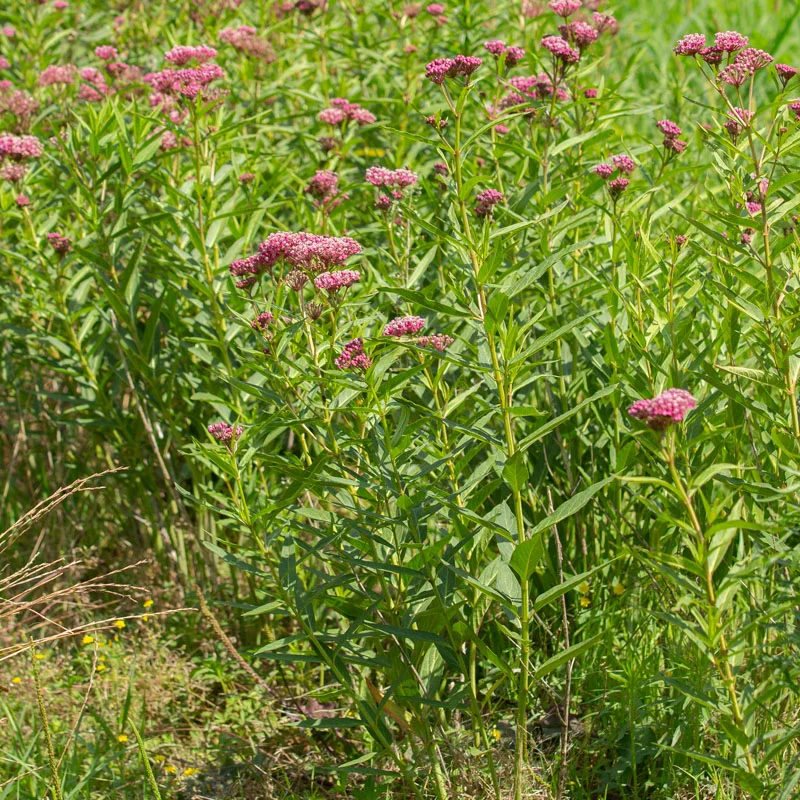Red milkweed - Asclepia
This perennial species is highly resistant to cold. It can reach 1.50 m in height and produces elongated foliage and around a hundred pink umbellate flowers. Its seed pods measure 12 cm.
Highly nectariferous, it is appreciated by hummingbirds, butterflies and other pollinators.
These products may also be of interest to you
in bucket
Perennial seeds require a wintering period for germination. Place them in the fridge for 60 days before sowing in spring. Sow in trays, covering the seeds lightly. When the plants have 5 to 6 leaves, transplant into individual cups or directly into warmed soil. Autumn sowing is done in the same way and left outdoors until spring.
Germination takes from 30 to 90 days at between 13°C and 23°C.
February, March, April, September, October, November
June, July, August, September
in the ground, in pot
sunny
low
limestone, sandy, humus, potting soil
drained, wet, light
Asclepias incarnata
mid-season
50 seeds
Pink
From 80 to 150 cm
From 10 to 12 cm
elongated
North America
The flower buds and immature pods are eaten like vegetables. This species was commonly used by Amerindian peoples (Iroquois, Chippewa, Menominee, Meskwaki...) for kidney problems, skin problems, parasites... The Iroquois used the dried stems to make ropes for extracting teeth. Modern research (Rutgers University, 2004) has shown that extracts of Asclepias incarnata roots (well-characterized pregnane glycosides) can be used in the treatment of obesity, as they trigger an appetite-suppressing mechanism.












